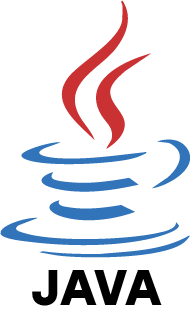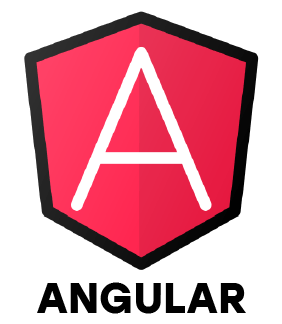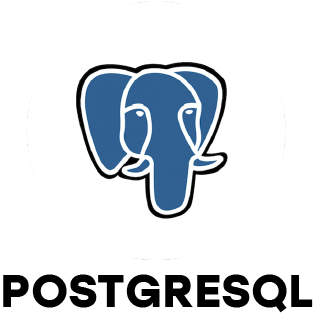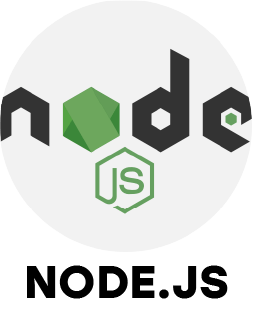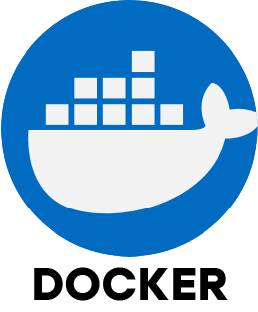1. What is a Full Stack Developer?
Ans:
A Full Stack Developer is an expert with combining backend and frontend technologies, able to construct complete web applications. They handle everything from creating the user interface to managing the server, database and application logic. Their versatility allows them to work independently or as part of a team, managing the entire development process from start to finish.
2. What Key Technologies Should a Full Stack Developer Know?
Ans:
A successful Full Stack Developer needs to master a variety of technologies. On the frontend, this includes HTML, CSS and JavaScript frameworks such as React, Angular or Vue. On the backend, tools like Node.js, Express, Python, Java or PHP are widely used. Proficiency in databases such as MongoDB, MySQL or PostgreSQL is also essential for managing data effectively.
3. What Are Common HTTP Methods Used in Web Development?
Ans:
HTTP methods define requests are sent and processed in web applications. Data is retrieved from a server using GET and new data is sent using POST. PUT updates existing information, DELETE removes data and PATCH allows partial updates. Understanding these methods is important for creating efficient and functional web services.
4. What Role Does Middleware Play in Web Applications?
Ans:
Middleware acts as a link between user requests and server responses in web applications. It can handle tasks like logging, user authentication, error handling and processing request data before it reaches the main application logic. This helps improve the structure, security and maintainability of the application.
5. What is the Model-View-Controller (MVC) Architecture?
Ans:
The MVC architecture organizes an application into three components: Model, View and Controller. The Model manages data and business rules, The Controller manages the user interface, while the View processes user input, updating the Model and View accordingly. This separation improves code organization, scalability and maintainability.
6. How is State Managed in a React Application?
Ans:
State management in React ensures the user interface reflects data changes accurately. Local state can be managed within individual components while global state management tools like Redux or React’s Context API allow data to be shared across components. This keeps the application consistent and user-friendly.
7. What is the Purpose of Package Managers Like npm or Yarn?
Ans:
Package managers such as npm and Yarn help developers manage project dependencies. They simplify the installation, updating and removal of software packages. These tools also improve workflow by managing version control and automating repetitive tasks through scripts.
8. How is Authentication Implemented in Web Applications?
Ans:
Authentication guarantees that only individuals with permission can access specific information or resources. On the frontend, this usually involves login forms and securely storing tokens or session cookies. On the backend, authentication systems verify credentials, issue tokens and restrict access. Tools like Passport, Firebase Auth or Auth0 make this process more efficient.
9. What is the Concept of Responsive Design?
Ans:
A responsively designed website will function and appear great on PCs, tablets and smartphones alike. It uses flexible layouts, adaptable images and media queries to adjust content for different screen sizes, providing a smooth and consistent user experience.
10. What is CORS and How is it Handled?
Ans:
Cross-Origin Resource Sharing a browser security feature called CORS limits requests to domains other than the one serving the webpage. To allow access servers must send specific headers to trusted domains. Developers can also use proxy servers or middleware solutions to handle CORS during development, ensuring smooth communication between client and server.

